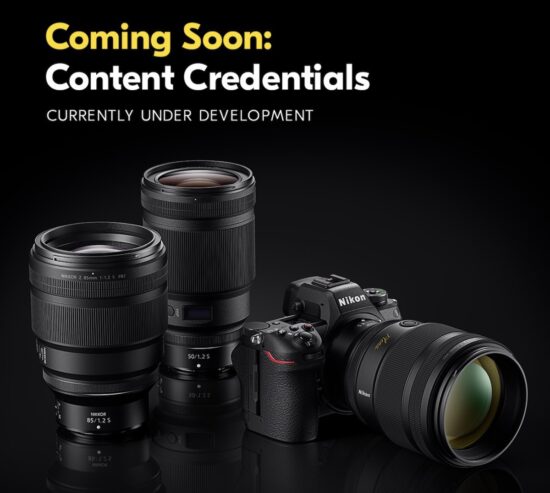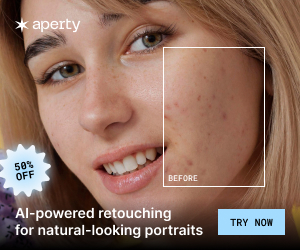

AFP (Agence France Presse) announced that it has successfully validated a certification test of its photos during the US elections via the C2PA standard using a prototype Nikon camera.
In the past few months, Nikon has made several announcements related to the Content Authenticity Initiative (see the links at the bottom of this post). It is safe to assume that we will soon get firmware updates with C2PA Content Credentials support. For now, I have seen only the Z9 and the Z6II models mentioned, but I assume the Z8 will also get this new functionality.
Here are the details:
AFP successfully tests a new technology to verify the authenticity of its photos during the US elections
With the rise of generative AI and the growing use of synthetic images, Agence France-Presse (AFP) has successfully tested a “proof of concept” to certify the authenticity of its photos, ensuring they can be verified wherever they appear online. The Agency now plans to develop this technology further in collaboration with camera manufacturers, editing software developers, and news distributors, working towards a shared industry standard that protects the integrity of photojournalism.
This large-scale experiment, successfully carried out during the 2024 US elections, demonstrated that by combining the C2PA certification standard with a unique, invisible, and encrypted watermark, it is possible to guarantee the authenticity of a news photograph throughout the entire distribution chain.
The process consists of four key steps:
- Authenticity at the point of capture – Using a prototype Nikon camera, a secure C2PA certificate with a digital signature is embedded in the image the moment it is taken, ensuring its authenticity from the start. Major camera manufacturers plan to integrate this standard from 2025.
- Secure storage of the original file – The original image is uploaded to a secure server, where it is stored and duplicated. A copy is then edited and captioned according to AFP’s editorial guidelines.
- Invisible, tamper-proof watermarking – Before distribution via AFP’s news feed, the edited image is embedded with a unique, invisible, and encrypted watermark developed by IMATAG. This watermark contains a digital fingerprint linking the edited photo to the original stored on the secure server.
- Verification – Using the “WeVerify” plugin, co-developed by AFP and widely used by fact-checkers and open-source intelligence (OSINT) researchers, anyone can decode the watermark and access the original image — similar to checking a film negative. This open system ensures complete transparency for both journalists and the public.
- “At a time when journalism is under attack from all sides, and the misuse of generative AI is further blurring the lines between truth and falsehood, this successfully executed large-scale test reaffirms AFP’s commitment to transparency and the traceability of its content. We now hope that other industry players will join us in adopting and further developing this initiative,” said Phil Chetwynd, AFP’s Global News Director.
Nikkei: “Nikon, Sony and Canon fight AI fakes with new camera tech”








